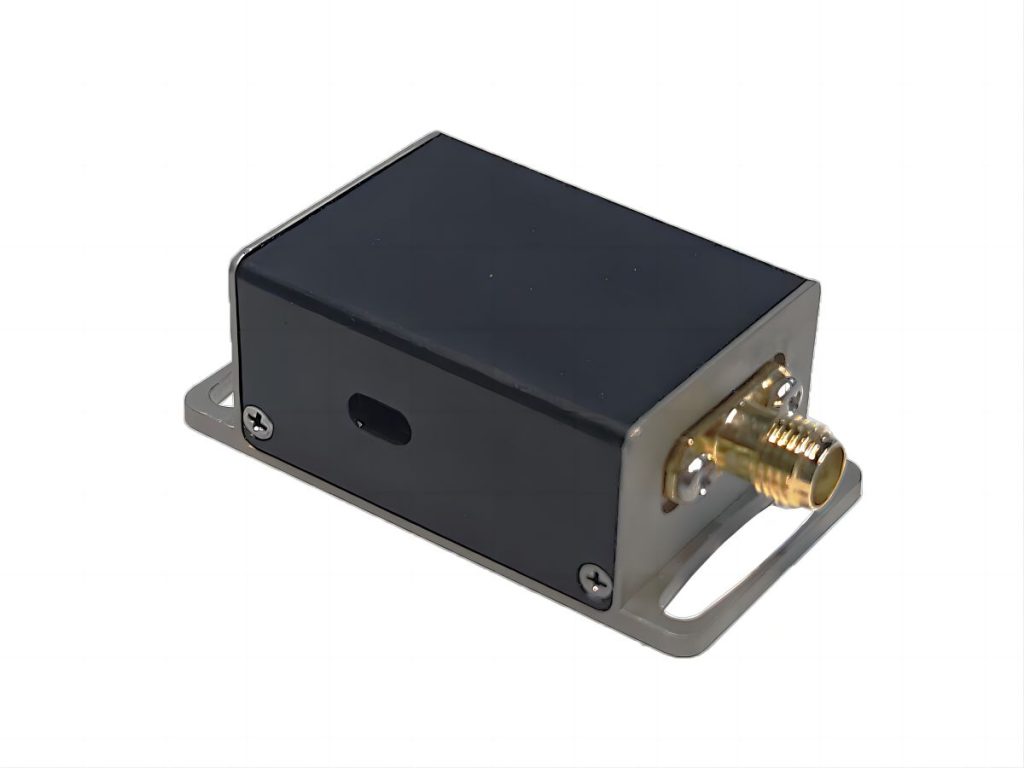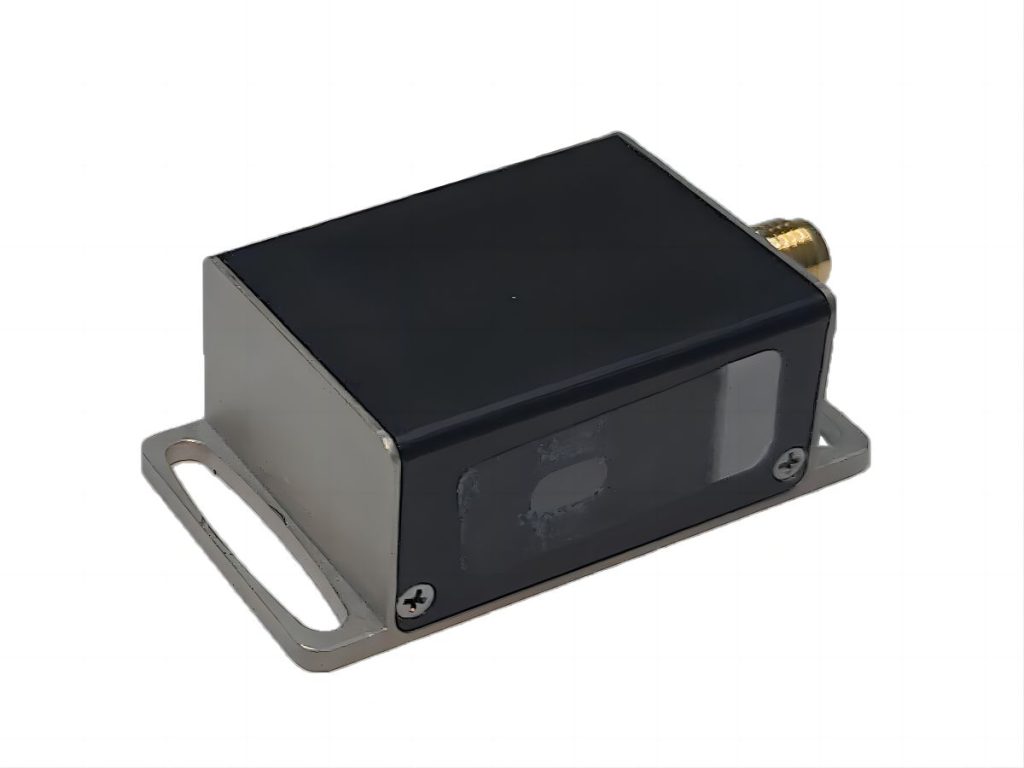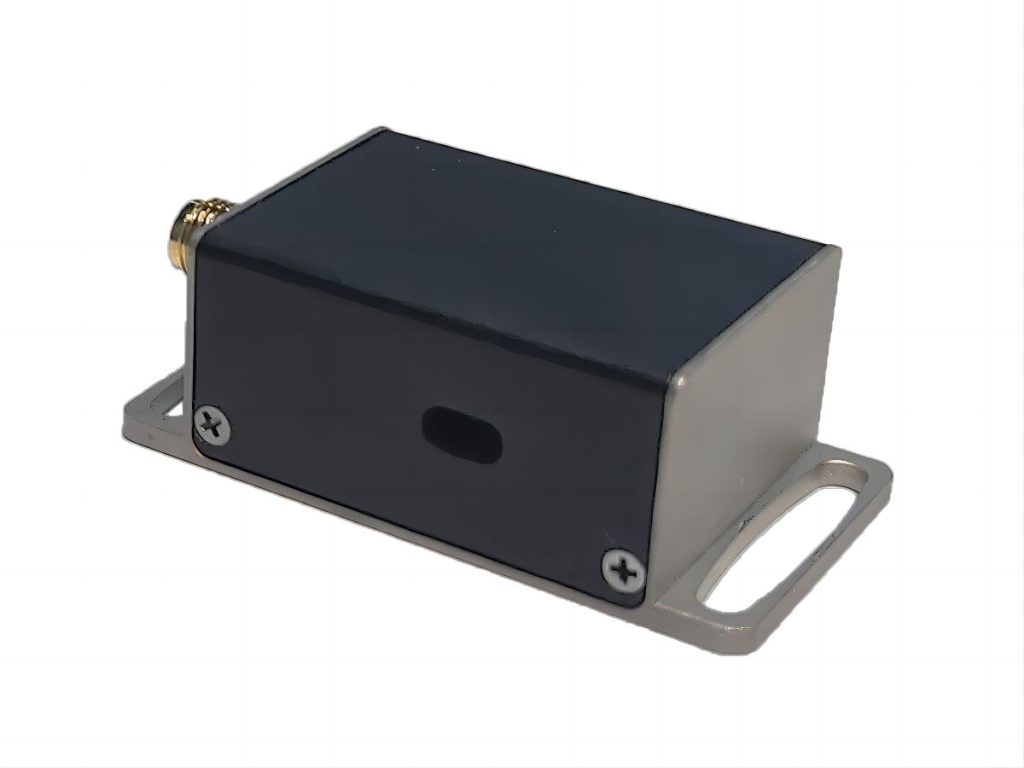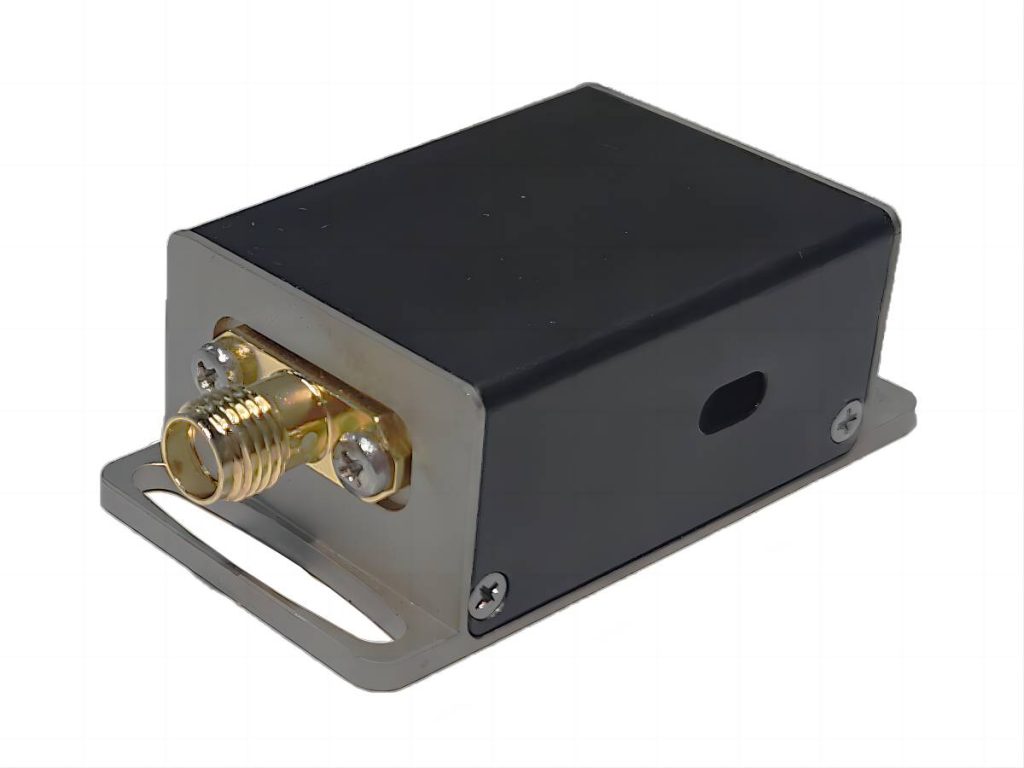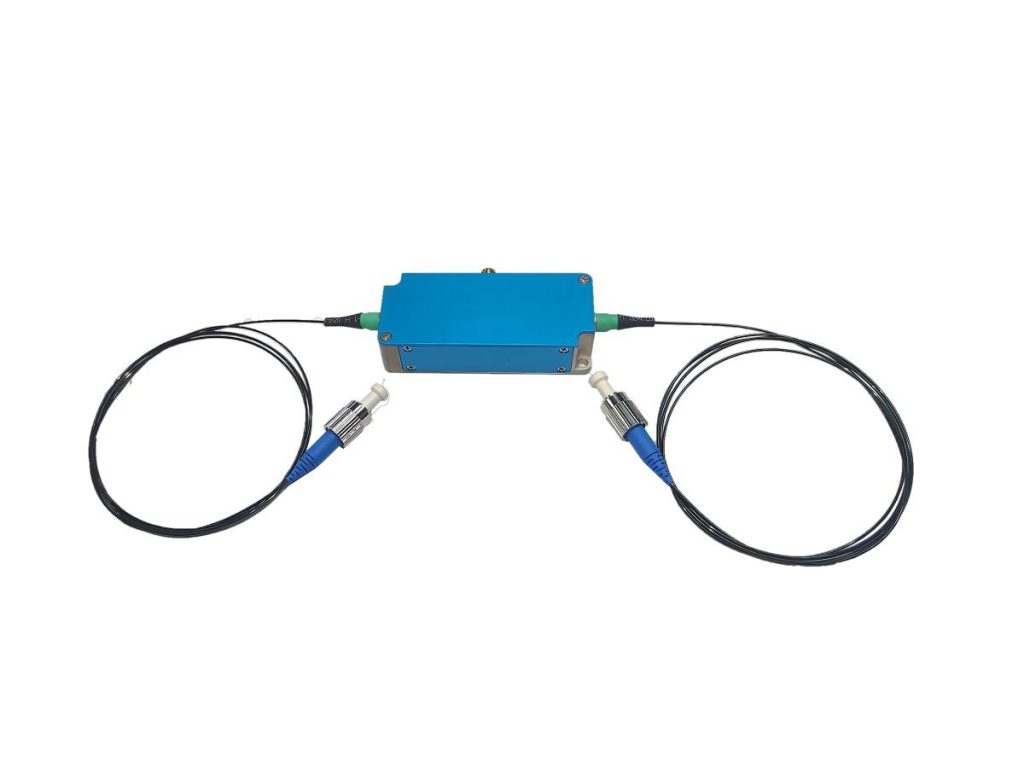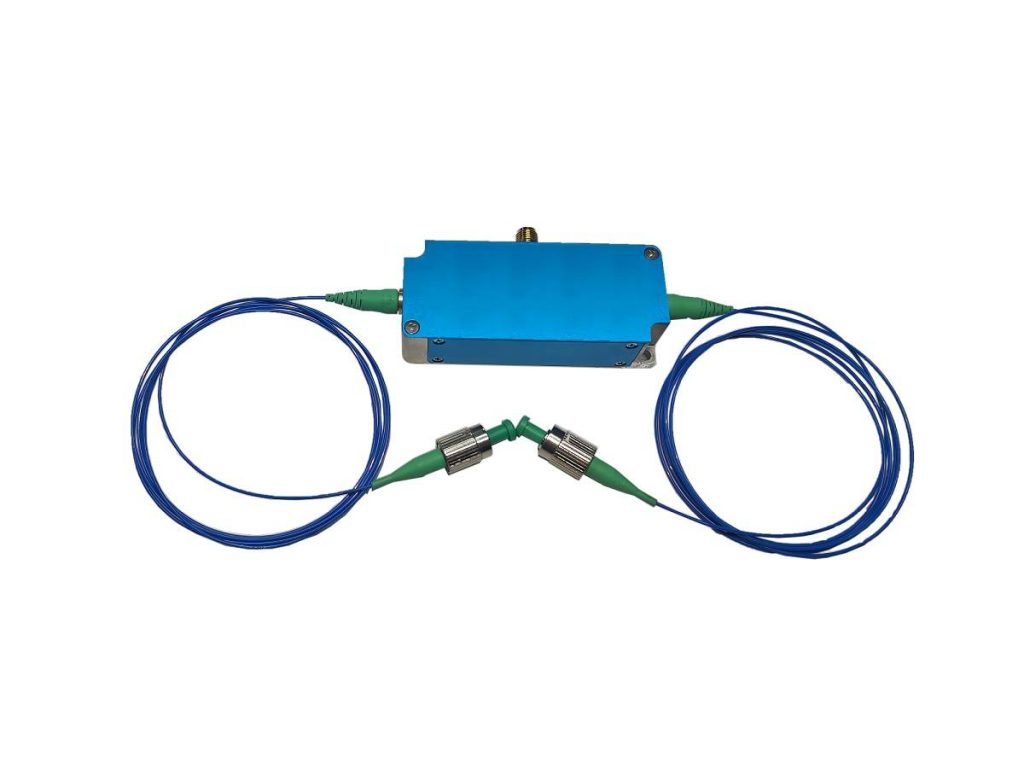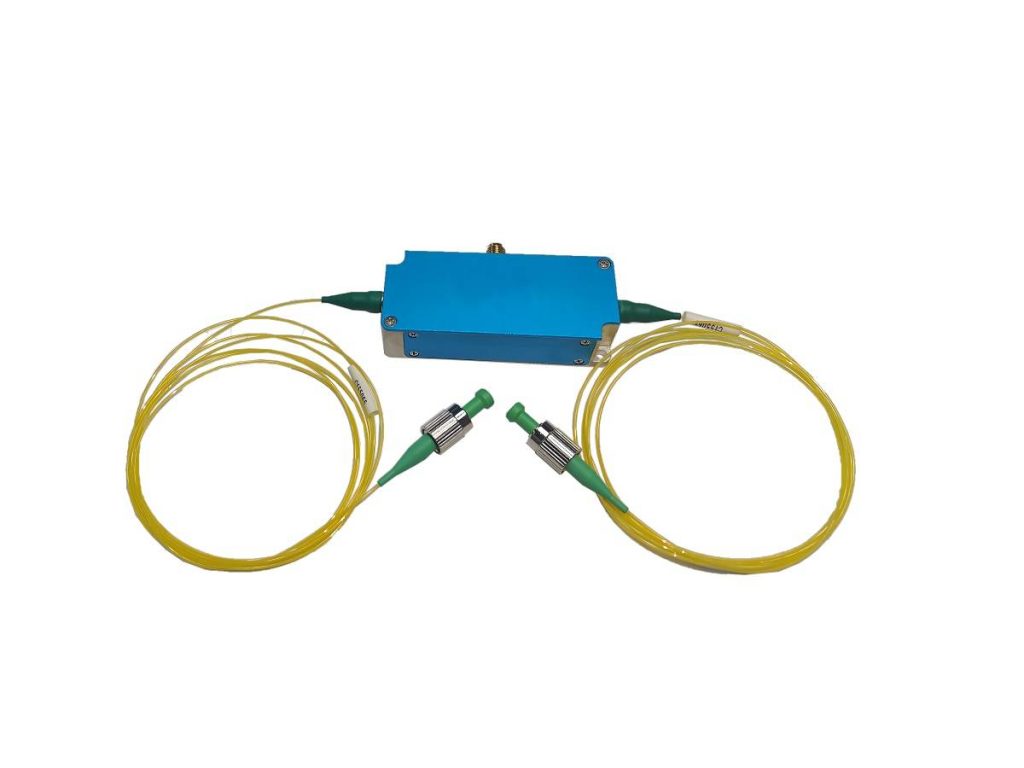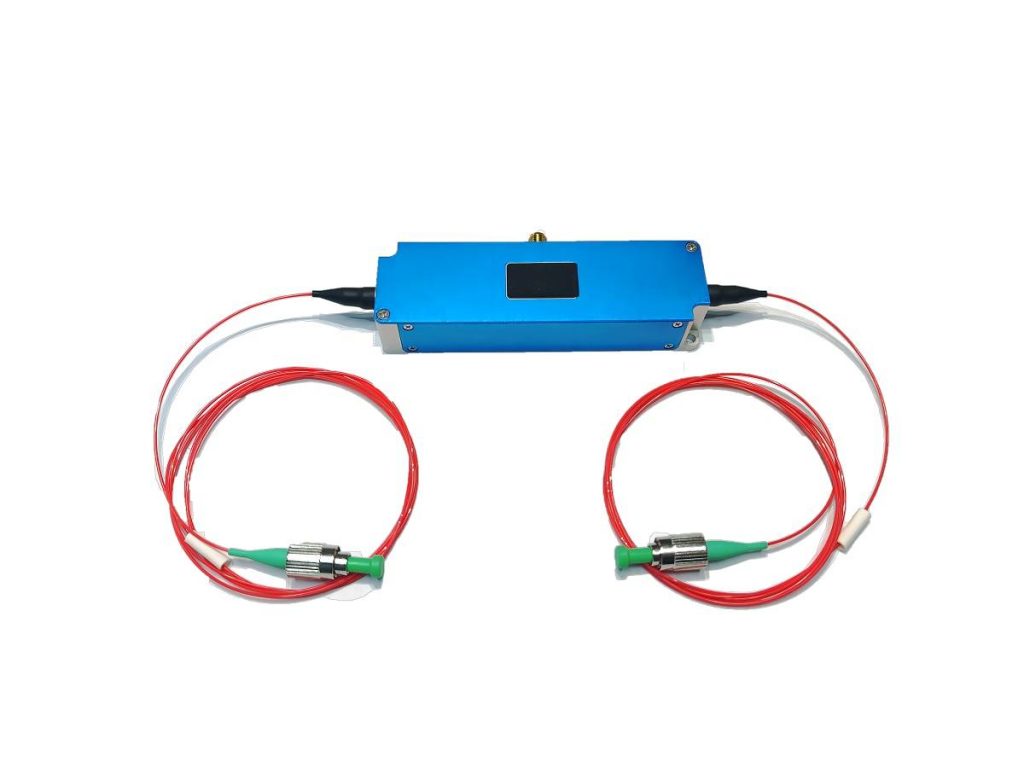The Role of Light and Sound in Distributed Sensing Technology
Distributed sensing using fiber optics offers a revolutionary approach that overcomes these limitations. This technology transforms ordinary fiber optic cables into powerful, continuous monitoring tools, capable of detecting a wide range of physical phenomena over long distances. This article explores two key distributed sensing techniques – distributed acoustic sensing (DAS) and distributed fiber optic sensing (DFOS) – and delves into the critical role played by free space acousto optic modulators (AOMs) in their operation.

What is Distributed Sensing?
Traditional point sensors, while valuable, have limitations. They can only provide data from their specific location, leaving gaps in the overall picture. Additionally, installing and maintaining a network of point sensors across a large area can be expensive and time-consuming. Distributed sensing technologies address these challenges by transforming a seemingly passive element – an optical fiber – into a highly sensitive, continuous sensor.
The core principle of distributed sensing lies in exploiting the interaction of light with the sensing medium, typically an optical fiber. By analyzing how light propagates through the fiber and how external disturbances affect this propagation, distributed sensing systems can extract a wealth of information about the surrounding environment. This approach offers several advantages:
- High spatial resolution: Measurements are obtained continuously along the entire length of the fiber, providing a detailed picture of the parameter being monitored.
- Large area coverage: A single fiber optic cable can span kilometers, enabling measurement over vast distances.
- Real-time monitoring: Distributed sensing systems provide continuous data, allowing for real-time analysis and response to changes.
- Reduced installation and maintenance costs: Compared to a network of point sensors, a single fiber optic cable offers a more cost-effective and efficient way to collect data.
Light in the Distributed Fiber Optic Sensing (DFOS)
Distributed fiber optic sensing is a prominent technology within the distributed sensing realm. It utilizes optical fibers, thin strands of glass or plastic, as the sensing element. Light pulses are injected into one end of the fiber, and as they travel through the core, they interact with the fiber itself and the surrounding environment. These interactions cause a tiny portion of the light to scatter back towards the source. By analyzing the backscattered light, the DFOS system can extract information about various physical phenomena.
One of the key mechanisms exploited in DFOS is Rayleigh backscattering. This inherent property of optical fibers causes light to scatter in all directions when it encounters microscopic variations in the fiber’s density. By measuring the intensity and timing of the backscattered light, the DFOS system can determine changes in the fiber’s properties, which can be linked to external disturbances like temperature or strain.
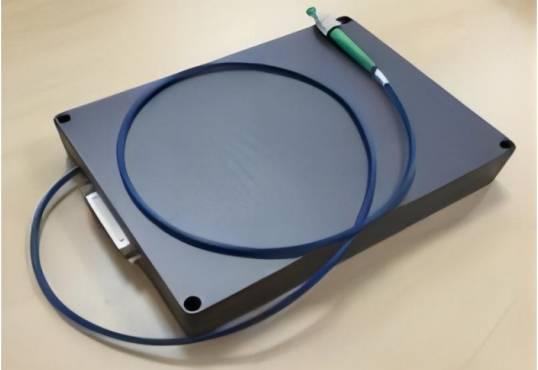
The Impact on Light of Sound in Distributed Acoustic Sensing (DAS)
One of the most captivating applications of DFOS is distributed acoustic sensing (DAS). DAS systems leverage the sensitivity of optical fibers to vibrations and sound waves. When an acoustic wave propagates near the fiber, it causes minute physical changes in the fiber core. These changes, in turn, modulate the backscattered light, allowing the DAS system to detect and localize the acoustic signal.
Think of a DAS fiber as a virtual array of microphones stretching for kilometers. By analyzing the backscattered light at different points along the fiber, the distributed acoustic sensing system can pinpoint the exact location and characteristics of the sound source. This remarkable capability has opened doors to a wide range of applications:
- Pipeline monitoring: DAS systems can continuously monitor pipelines for leaks, corrosion, and other potential threats. Even small pressure changes caused by a leak can be detected by the sensitive fiber, enabling prompt intervention and preventing costly environmental damage.
- Perimeter security: DAS systems excel at perimeter security applications. By detecting vibrations caused by footsteps, fence breaches, or attempted intrusions, they can provide real-time security alerts and deter potential threats.
- Geophysical exploration: DAS is finding increasing use in seismic exploration, where it can map subsurface geological features by detecting seismic waves traveling through the earth.
- Structural health monitoring: Bridges, buildings, and other critical infrastructure can be monitored using DAS to detect subtle changes in their structural integrity. Cracks, stress points, and other potential weaknesses can be identified before they escalate into major failures.
These are just a few examples of the vast potential of DAS technology. As research and development continue, we can expect even more innovative applications to emerge in the future.
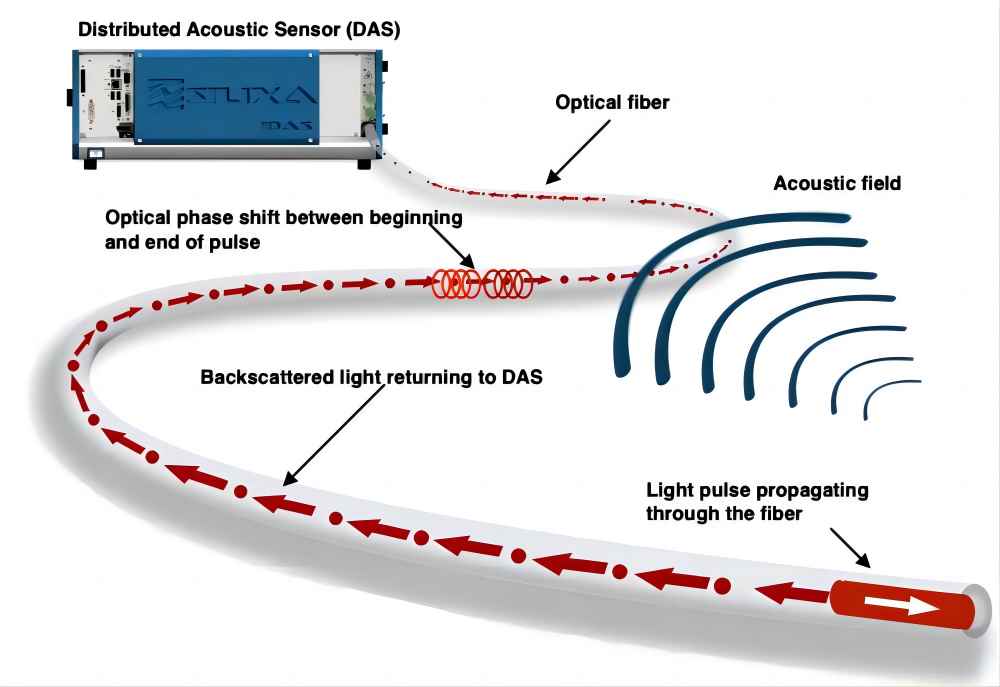
How Important Free Space Acousto-Optic Modulators (AOMs) in DAS
While the magic of DAS lies in light’s ability to “hear,” a critical component behind the scenes is the free space acousto optic modulator (AOM). This device acts as the conductor in the symphony of light and sound that is DAS.
How Free Space Acousto Optic Modulators Work
An AOM operates on the principle of acousto-optic effect. In simpler terms, it utilizes sound waves to manipulate light.
- Core components: An AOM consists of an acoustic transducer, an optical crystal, and an RF (radio frequency) driver.
- Sound generation: The RF driver provides an electrical signal that excites the acoustic transducer. This transducer, typically made of piezoelectric material, converts the electrical signal into a high-frequency sound wave that propagates through the optical crystal.
- Light-sound interaction: As the sound wave travels through the crystal, it creates periodic variations in its refractive index. This essentially creates a moving diffraction grating within the crystal.
- Light modulation: When a laser beam is directed through the crystal, it interacts with the moving grating created by the sound wave. This interaction causes specific portions of the light beam to be diffracted at different angles, effectively modulating the intensity and direction of the light.
The Role of Free Space AOM in DAS
- Pulse shaping: The RF driver can be used to control the frequency and duration of the electrical signal applied to the transducer. This, in turn, controls the characteristics of the sound wave and the resulting diffraction grating within the crystal. By manipulating the RF signal, the AOM can precisely shape the laser pulse injected into the fiber optic cable in the DAS system.
- For instance, the AOM can be used to generate short laser pulses for high-resolution DAS applications. Shorter pulses allow for better localization of acoustic events along the fiber.
- Conversely, the AOM can create longer pulses for applications requiring a wider coverage area.
- Frequency shifting: The AOM can also be used to shift the frequency of the laser light by a specific amount determined by the frequency of the sound wave. This frequency shift can be beneficial in certain DAS applications, such as filtering out unwanted background noise or separating closely spaced acoustic signals.
Performance Impact on DAS System
The properties of the AOM, particularly its operating frequency and bandwidth, significantly impact the performance of the DAS system.
- Frequency: The AOM’s operating frequency determines the range of acoustic waves it can effectively modulate. For high-frequency acoustic detection (e.g., detecting footsteps), a high-frequency AOM is necessary.
- Bandwidth: The AOM’s bandwidth defines the range of frequencies it can modulate within its operating range. A wider bandwidth allows for more versatility in pulse shaping and potentially higher resolution in DAS measurements.
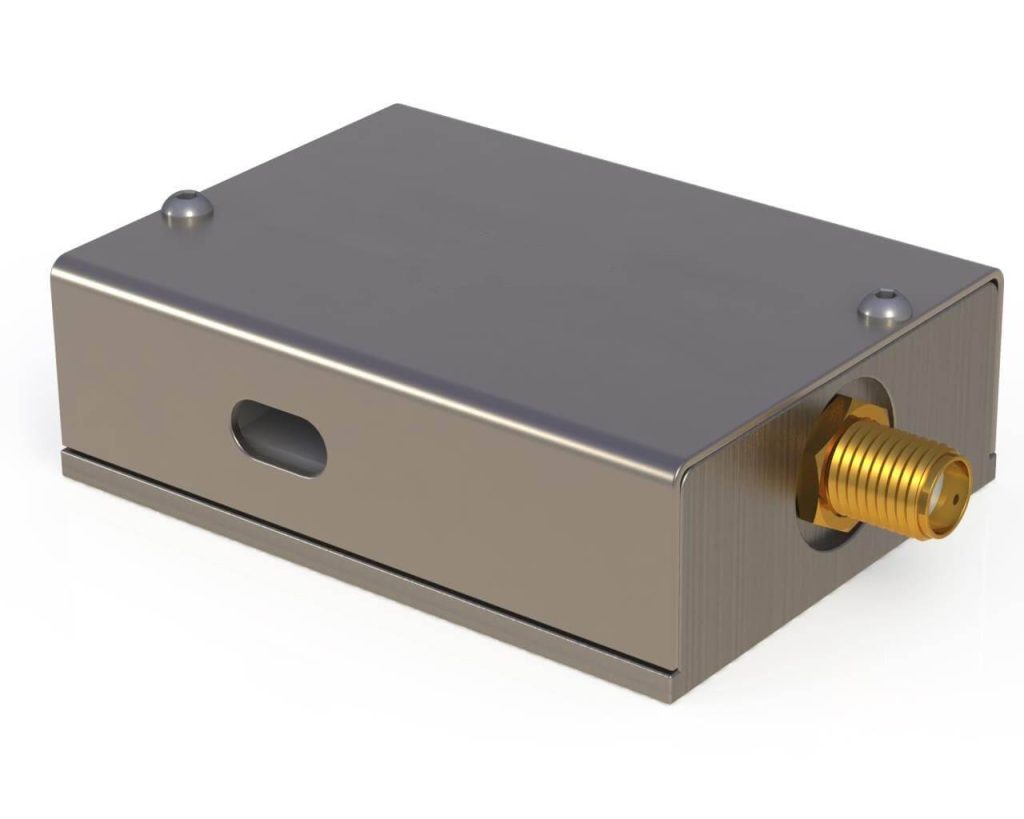
Conclusion
The interplay between DFOS, DAS, and AOMs represents a powerful synergy in the world of distributed sensing. By harnessing the unique properties of light and sound, these technologies offer unparalleled capabilities for continuous, high-resolution measurement across vast distances. As research and development in these areas continue, we can expect even more sophisticated and versatile sensing systems to emerge, pushing the boundaries of what’s possible in the realm of distributed measurement.

